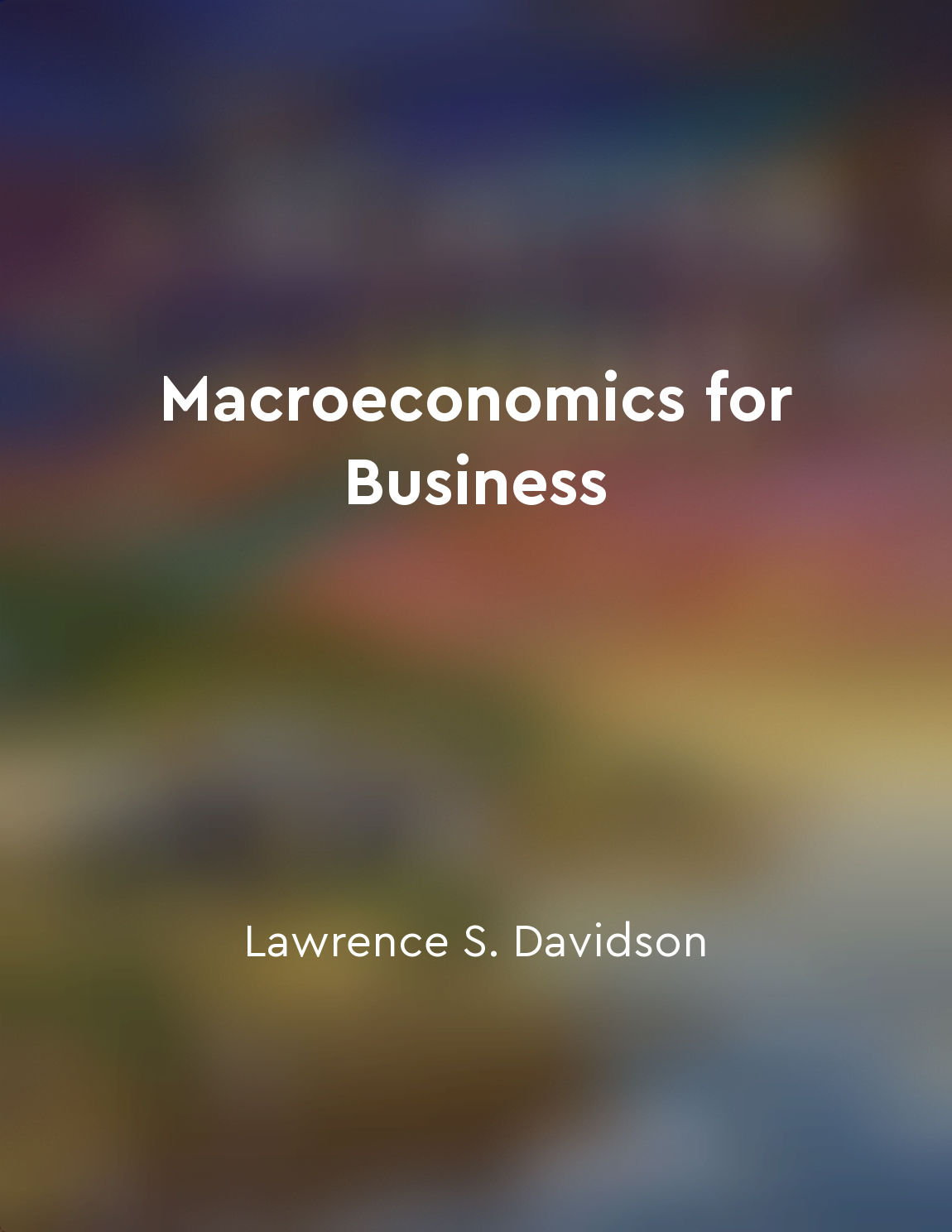Phillips curve illustrates tradeoff from "summary" of EBOOK: Macroeconomics by Rudiger Dornbusch,Stanley Fischer,Richard Startz
The Phillips curve demonstrates a fundamental tradeoff in macroeconomic policy. It shows a negative relationship between inflation and unemployment, suggesting that policymakers face a choice between these two variables. When inflation is low, unemployment tends to be high, and vice versa. This relationship implies that policymakers cannot simultaneously achieve both low inflation and low unemployment levels. The tradeoff illustrated by the Phillips curve is a key concept in macroeconomic theory and policy. It highlights the fact that policymakers must make difficult decisions about the allocation of resources and the pursuit of economic goals. For example, if policymakers focus on reducing unemployment, they may inadvertently cause inflation to rise. Conversely, efforts to combat inflation may result in higher levels of unemployment. This tradeoff is not always straightforward or easy to navigate. Policymakers must consider a range of factors, including the state of the economy, the preferences of the public, and the effectiveness of various policy tools. Moreover, the relationship between inflation and unemployment is not fixed; it can shift over time in response to changes in the economy or the policy environment. Despite the challenges posed by the Phillips curve tradeoff, policymakers must grapple with these issues in order to promote economic stability and growth. By understanding the tradeoff between inflation and unemployment, policymakers can make more informed decisions about monetary and fiscal policy. This, in turn, can help to achieve the broader goals of economic policy, such as full employment, price stability, and sustainable economic growth.Similar Posts

Understanding macroeconomics critical for business success
To thrive in today's dynamic business environment, executives must possess a deep understanding of macroeconomics. This knowled...
Taxes can also influence aggregate demand
When the government changes taxes, it affects people's disposable income. Disposable income is the total amount of income that ...
Global disparities in wealth
Global disparities in wealth are a fact of life that has existed for centuries, and they are not likely to disappear anytime so...
Uncertainty can lead to hoarding
Uncertainty, which arises from the lack of confidence in the future, can have a significant impact on individuals' behavior. Wh...
Uncertainty can lead to hoarding
Uncertainty, which arises from the lack of confidence in the future, can have a significant impact on individuals' behavior. Wh...
Unemployment caused by insufficient demand
Involuntary unemployment is attributed to a deficiency of effective demand. It is the outcome of a situation where the total in...
The Fallacy of Ignoring the Costs of Regulation
The advocates of government regulation are usually quick to point out the benefits of such measures. They argue that regulation...
